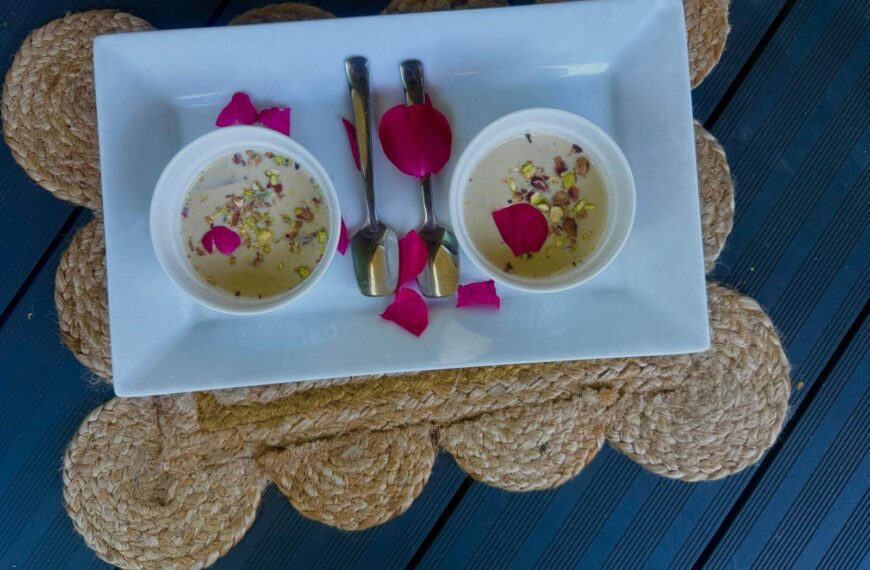Monika discusses miniature painting, a centuries-old art form with intricate detail and vibrant hues, spanning Persian courts to Indian palaces, exclusively for Different Truths.
The famous Persian poet Ferdowsi once wrote, “A painting is not just a feast for the eyes but a chronicle of the soul’s journey.”
Miniature painting is an immortal art form celebrated for its meticulous detail, vibrant hues, and enigmatic ability to convey narratives. Spanning centuries and regions, it has adorned manuscripts, walls, and objects, serving as a cultural bridge that connects diverse artistic traditions. From the ornate courts of Persian kings to the majestic palaces of Mughal emperors, miniature painting has evolved while leaving an enduring legacy.
Origins of Miniature Painting
Miniature painting’s origins trace back to ancient civilisations, where it played a vital role in storytelling and preserving knowledge. Artists created diminutive yet highly detailed works, often to illustrate manuscripts, preserving religious, literary, and historical narratives in visual form.
Persian Beginnings
During the Islamic Golden Age, Persian miniature painting reached its peak. Artists, inspired by texts like Ferdowsi’s Shahnameh (The Book of Kings), created intricate illustrations. These works combined storytelling with ornamental aesthetics. Jewel-like colours, harmonious compositions, and a fine balance between realism and stylisation defined Persian miniatures.
Notable Example: Rustam slaying the white demon
Context: This illustration from the Shahnameh of Shah Tahmasp (16th century) depicts the hero Rustam defeating a mythical demon.
Artistic Features: The use of vibrant lapis lazuli, gold accents, and detailed landscapes evokes a dreamlike quality.
Significance: A celebration of Persian heritage and moral virtues, this painting exemplifies the poetic grandeur of Safavid art.
Indian Evolution
Miniature painting reached new heights in India under the patronage of Mughal emperors. This style blended Persian influences with Indian and European techniques, resulting in a sophisticated art form that reflected the cultural dynamism of the Mughal court.
Notable Example: Akbar Inspecting the Construction of Fatehpur Sikri
Commissioned By: Emperor Akbar.
Context: The painting from the Akbarnama (Chronicle of Akbar’s Reign) portrays Akbar overseeing the construction of his capital.
Artistic Features: It includes detailed architecture, expressive figures, and a narrative richness that demonstrates Akbar’s vision for a culturally integrated empire.
Significance: A masterpiece that highlights the emperor’s multifaceted personality and administrative prowess.
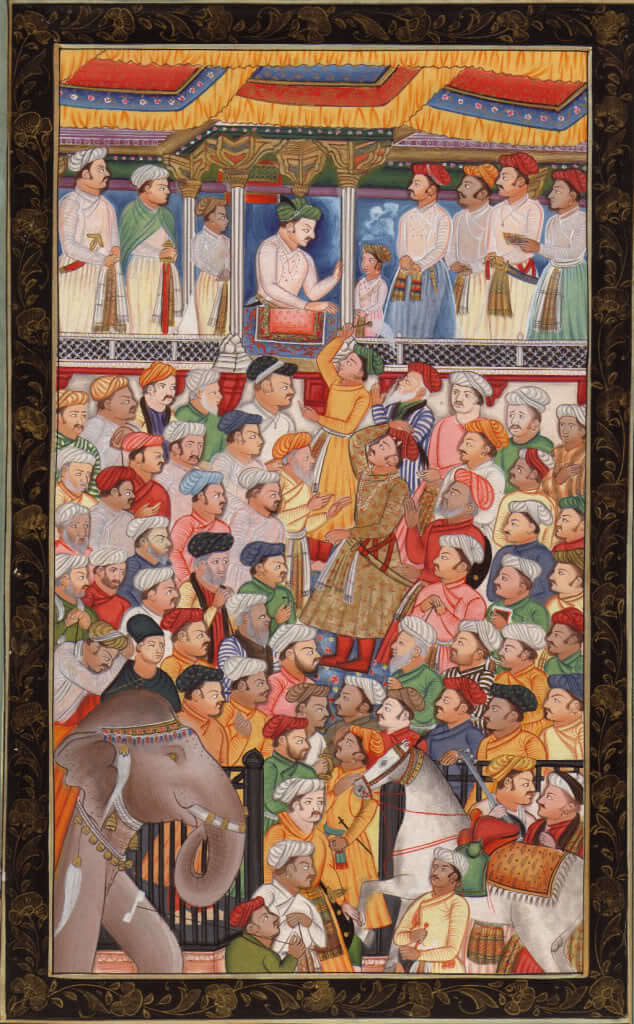
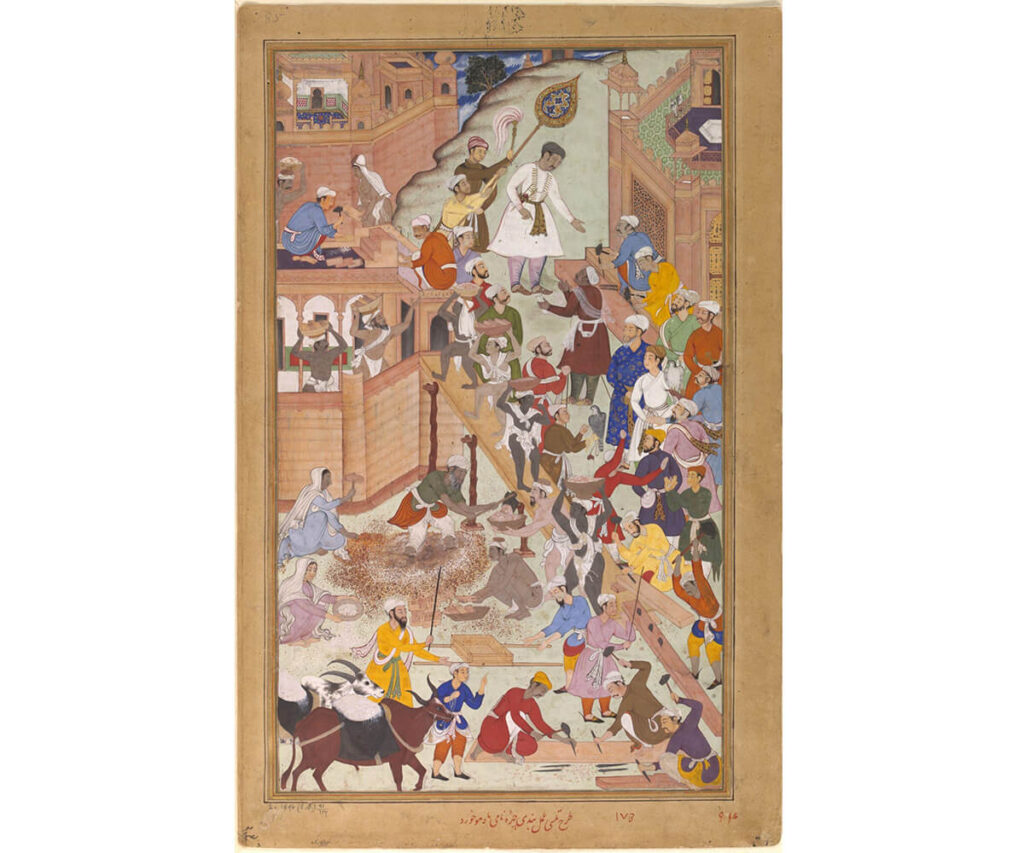

European Influence
In medieval Europe, miniature painting was closely tied to religious manuscripts. Illuminated texts like the Book of Hours featured tiny, intricate paintings meant to inspire devotion and convey complex theological ideas. These works showcased precision and symbolic depth.
Characteristics of Miniature Painting
Despite regional variations, miniature paintings share certain defining characteristics:
1. Detail and Precision: Artists employed fine brushes, often made from animal hair, to achieve extraordinary detail.
2. Natural Pigments: Colours derived from minerals, plants, and precious metals like gold ensured durability and vibrancy.
3. Small Scale: Designed for close observation, these works encouraged intimate engagement with the viewer.
4. Narrative Themes: Whether depicting mythology, court life, or historical events, miniature paintings conveyed layered stories.
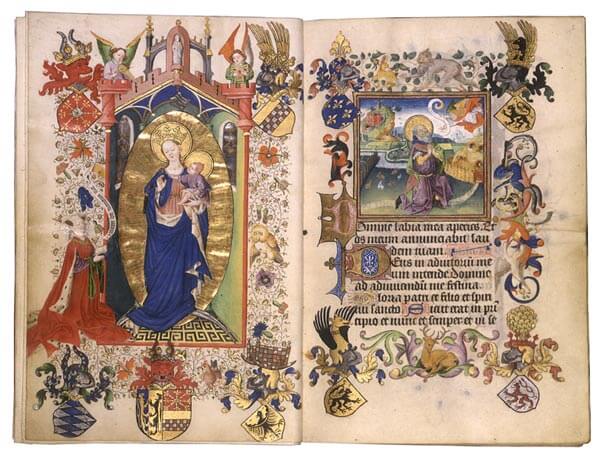
Schools of Miniature Painting and Their Masterpieces
Mughal School
The Mughal school represents a synthesis of Persian, Indian, and European traditions, flourishing under emperors like Akbar, Jahangir, and Shah Jahan.
Example 1: Hamzanama (The Adventures of Amir Hamza)
Context: A monumental series illustrating the legendary exploits of Amir Hamza.
Artistic Features: Unusually large miniatures with dynamic compositions, dramatic perspective, and richly adorned figures.
Notable Painting: The Siege of a City
A bustling battle scene with intricate architecture and fluid motion captures the intensity of medieval warfare.
Example 2: Jahangir’s Darbar scene
Context: Jahangir presided over his court in an atmosphere of intellectual discourse and diplomacy.
Artistic Features: Meticulously painted robes, lifelike portraits, and symbolic elements, such as halos and celestial motifs, represent Jahangir’s divine authority.
As Jahangir noted in his memoirs: “Art has the power to immortalise moments and preserve the grandeur of empires.”
Rajasthani School
The Rajasthani school thrived in the Rajput courts, celebrating themes of Indian mythology and folklore with bold, vibrant colours.
Example: Krishna Lila Series
Context: A vivid portrayal of Lord Krishna’s adventures, particularly his romance with Radha.
Artistic Features: Flat compositions, minimal shading, and iconic, blue-skinned depictions of Krishna.
Notable Painting: Krishna Dancing on Kaliya
This scene captures Krishna subduing the serpent Kaliya with divine grace, symbolizing the triumph of good over evil.
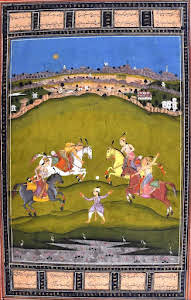
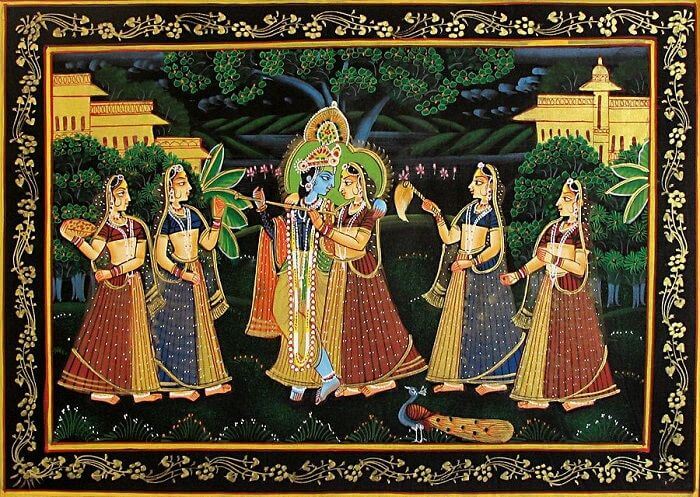
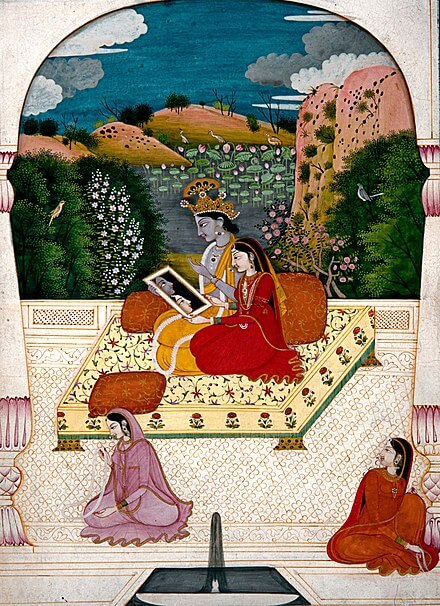
Pahari School
Nestled in the Himalayan foothills, the Pahari school emphasised poetic themes and natural beauty.
Example: Gita Govinda Series
Context: Based on Jayadeva’s epic poem, this series explores the spiritual love of Radha and Krishna.
Artistic Features: Delicate brushwork, subtle pastel colours, and emotive expressions.
Notable Painting: Radha and Krishna in the Moonlight
A serene composition that exudes intimacy and devotion, set against a tranquil nightscape.
Deccan School
The Deccan school blended Persian aesthetics with Indian cultural motifs, resulting in a unique style.
Example: Chand Bibi playing polo
Context: A royal woman engaging in leisure, reflecting the sophisticated lifestyle of Deccan nobility.
Artistic Features: Opulent fabrics, dynamic motion, and rich landscapes.
Significance: Celebrates the role of women in leadership and leisure activities.
The Decline and Revival of Miniature Painting:
The 18th and 19th centuries marked a decline in miniature painting due to colonial disruptions, industrialisation, and changing tastes. However, this art form has witnessed a revival in recent decades, with workshops in India, Iran, and Turkey preserving traditional methods.
As contemporary artist Gulgee remarked: “The past is not a burden but a guide, and miniature painting is a timeless map of cultural heritage.”
End Note:
Miniature painting is a celebration of human ingenuity and cultural storytelling. From the poetic landscapes of the Pahari school to the regal splendor of Mughal art, these masterpieces offer a window into the lives, beliefs, and aspirations of their creators. Their revival in modern times is a testament to the enduring relevance of this intricate art form, which continues to inspire and connect us with the richness of our shared history.
As Kandinsky once said, ‘Every work of art is the child of its age and, in many cases, the mother of our emotions.’ Miniature painting, with its timeless detail and narrative depth, bridges ages and emotions, keeping history alive in the present.” As the art evolves, it reminds us that tradition and creativity can coexist, shaping new narratives while honoring the old.
Glossary
- Safavid art: It refers to the artistic achievements during the Safavid dynasty (1501–1736) in Persia (modern-day Iran). Known for its sophistication and elegance, Safavid art flourished in diverse forms, including miniature painting, architecture, textiles, and ceramics.
- Diminutive art: It refers to artworks that are created on a very small scale, often characterised by intricate details and precision. This form of art emphasizes miniature proportions while maintaining high artistic standards, requiring immense skill and patience, e.g., Miniature paintings and models, and microscopic sculptures.
- The Book of Hours: It’s a type of Christian devotional book popular in the Middle Ages, primarily in Western Europe. These books were designed for laypeople and contained prayers, psalms, and biblical texts organised to be read at specific hours of the day, following the structure of monastic prayer.
References
https://www.britannica.com/art/miniature-painting?utm_source=chatgpt.com
https://www.metmuseum.org/toah/hd/hour/hd_hour.htm?utm_source=chatgpt.com
https://en.m.wikipedia.org/wiki/Miniature_painting
Visuals sourced by the author
Feature visual: .Krishna Leela, Rajasthani School

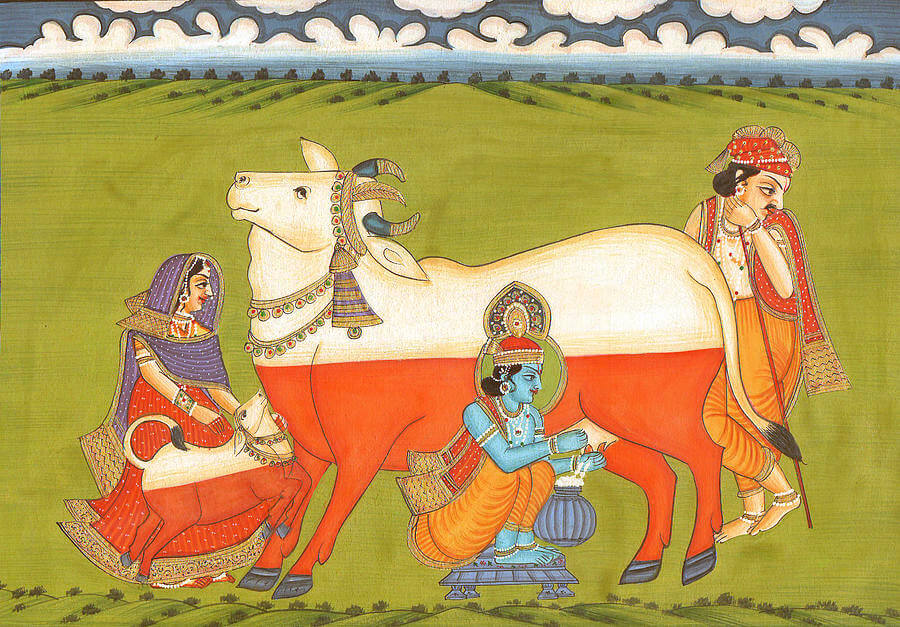

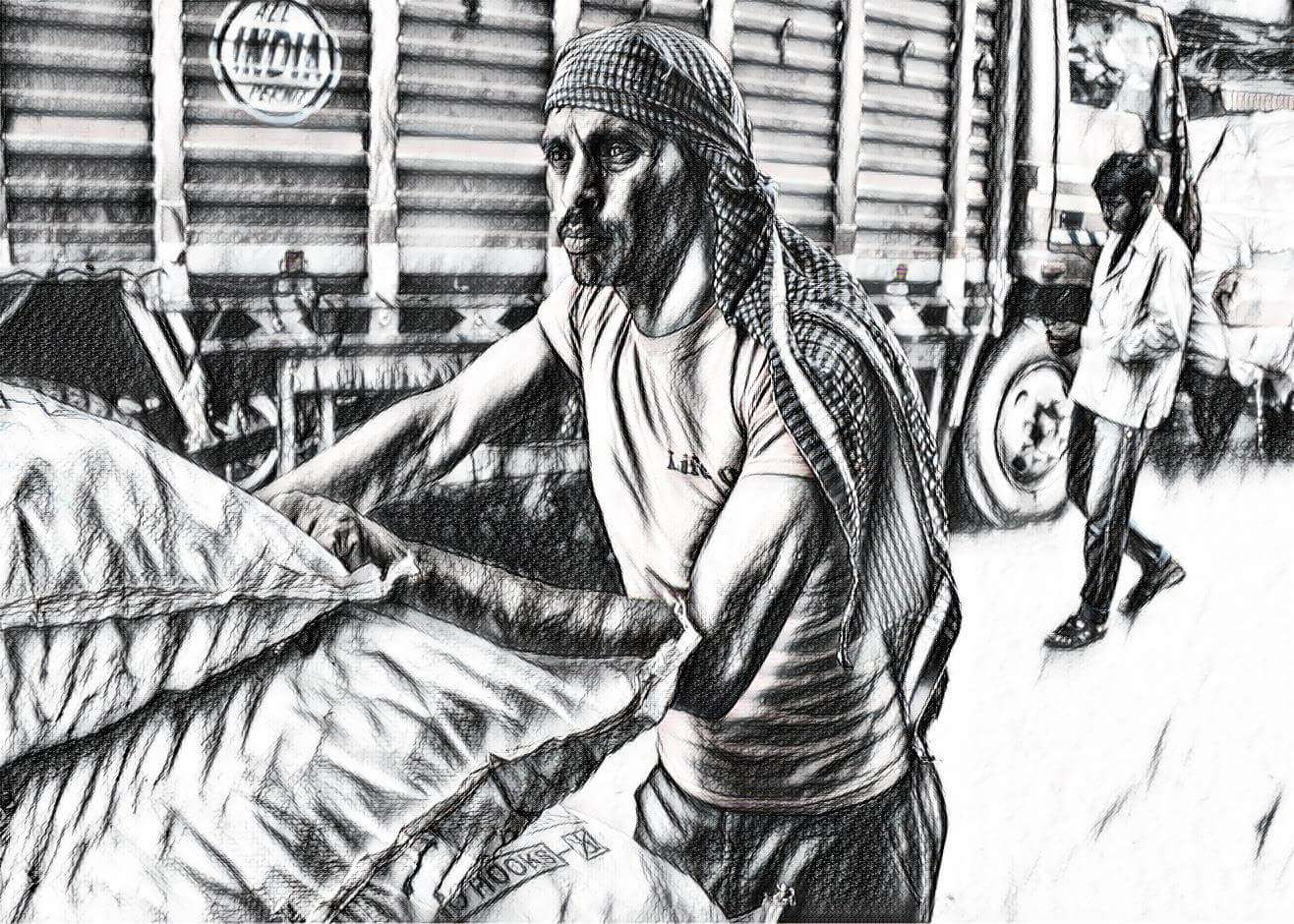


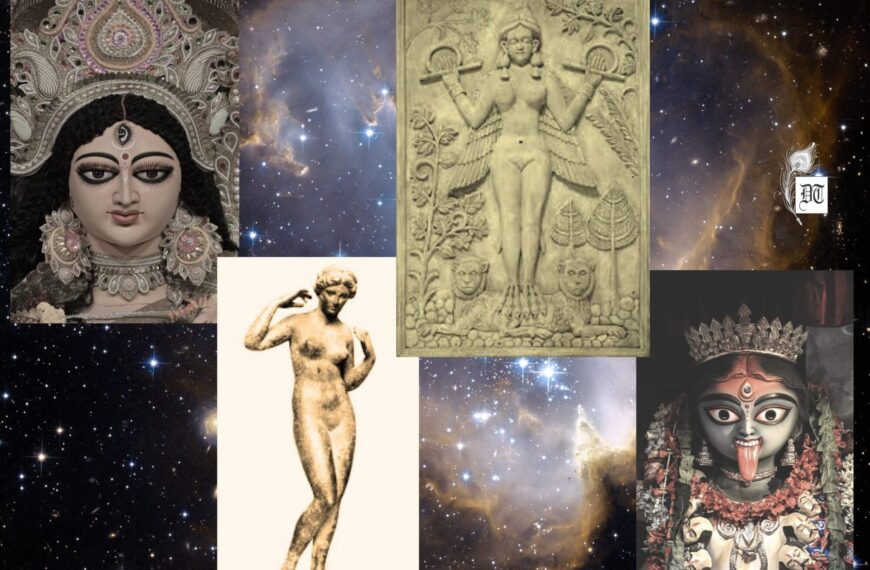
 By
By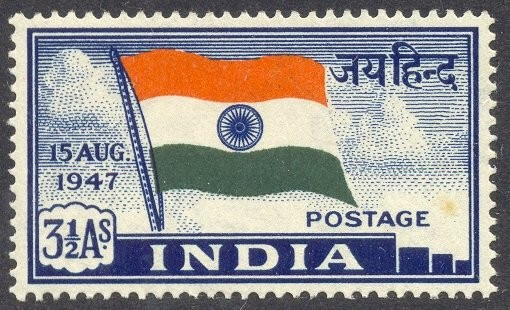
 By
By